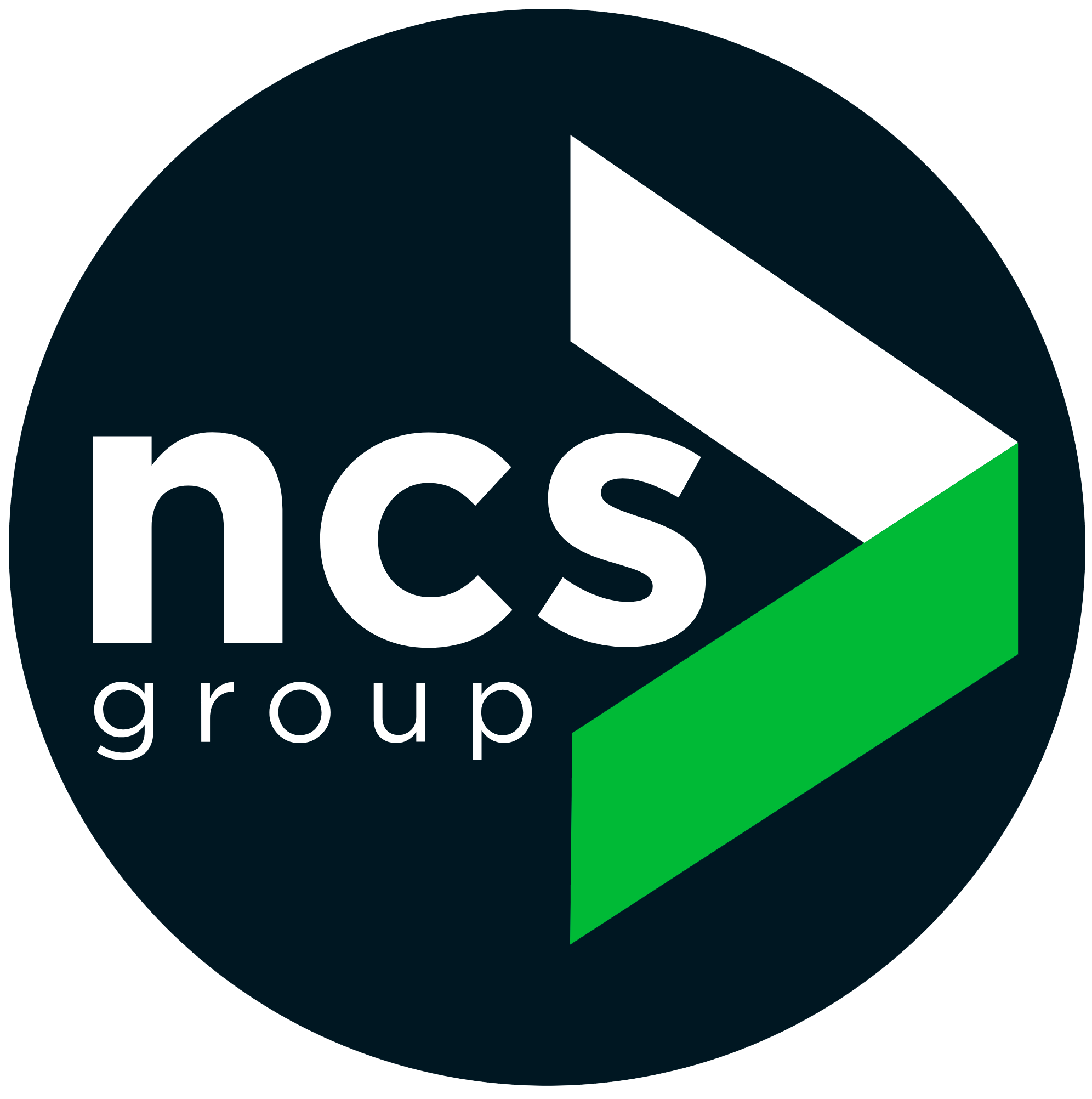What Drives Your Business Growth and Profits?
Every business owner wants to grow their business and their profits.

.
While there’s no secret formula or recipe, the fact is, business growth and improved profitability are outcomes achieved as a result of processes including marketing, your expertise, customer service and your team’s performance.Every business owner wants to grow their business and their profits. While there’s no secret formula or recipe, the fact is, business growth and improved profitability are outcomes achieved as a result of processes including marketing, your expertise, customer service and your team’s performance.
Let’s examine some of the key drivers of growth and profitability.
- Planning – where do you see your business going in the future? What level of profit and growth are you targeting for next year? The definition of insanity in business is doing things the same way and expecting different results. Without a plan to achieve your targets you are just hoping all the moving parts of your business sync together. Unfortunately, hope is not a strategy that delivers growth.
What is your vision for the business and how do you plan to get there? Without a roadmap all roads lead to nowhere. Having a business plan including financial forecasts is really the start of the process because it should identify what resources you need, the equipment and finance requirements. Will you launch new products and services? To achieve the forecast growth, what level of staff will you need?
Another part of the planning process is to complete a SWOT Analysis to ascertain your business Strengths, Weaknesses, Opportunities and Threats. Nobody saw COVID-19 coming but pandemics and snap lockdowns are part of the landscape and you need a contingency plan to deal with such events. As they say, Failing to Prepare is Preparing to Fail.
- Technology has been a game changer in many industries and the rate of change continues to accelerate, just look at what AI is doing and going to do in the future. Before the pandemic arrived a lot of business owners were contemplating some sort of digital transformation to keep up with their competitors and deliver a better customer experience. When COVID-19 arrived, remote working became an urgent priority to keep staff working. Businesses had to invest in technology to help staff transition from office-based to home-based employment and technology that was once considered a luxury became a necessity.
There’s been a massive shift in our daily business habits with face-to-face meetings replaced by video calls on platforms like Zoom, Google Meet, and Microsoft Teams. Going forward, these platforms may well become the default communication method for both internal and external meetings. Travel time has been slashed also but businesses are looking to get staff back into the office. Significant change is afoot again.
Think about what technology you need to speed up your processes, improve productivity, reduce costs and produce better products and services. The right software (local or in the cloud) can save time, help manage your inventory, reduce waste, and generate repeat business with service reminders. It can also automate your marketing efforts. Most importantly, the right digital tools and resources let you keep your finger on the pulse of the business and monitor all the key financial data.
- Marketing – Recent years have seen a significant shift in shopping habits away from retail brick-and-mortar sites such as shopping strips and centres to spending online. The rise of Amazon is ample evidence of this change. With consumers confined to their homes during COVID they became far more familiar with, and keener on, the convenience of shopping online. A trend that has continued after the pandemic. E-commerce sales exploded and this massive shift to online sales is expected to stay for a long time.
To make the most of this shift in consumer behaviour it's time to review your website and, where appropriate, make sure you have an e-commerce store to satisfy customer demand. There are quite a few examples where a business has moved entirely from a retail shop to a totally online model.
Increasing traffic to your site may be as simple as utilising the blog section of your website more effectively. Chances are there is already a blog or news section on your website but nobody is posting anything, or only rarely. If you struggle for what to write in your blog section, head to a question and answer site such as Whirlpool or Quora and find questions related to your industry, product or service and use that question as the title of your blog post and answer the question. Visitors to your site appreciate this content and it will increase the SEO attributes of your website. SEO is important when it comes to Internet searches.
Engaging with your customers in this way and, as well as using social media channels, is no longer optional with your prospects and customers living online. It’s fair to say, for the majority of businesses, your marketing could be the difference between Doom, Gloom and Boom.
- Team – In Michael Gerber’s book, The EMyth Revisited, a key message for business owners was the need to ‘work on the business, not just in the business’. This message should resonate with every business owner and you need to create a business that works independently of you. The purpose of your life is not to serve your business, it’s for the business to serve your life.
Sounds good and easy in theory and the key is finding the right people to run the operational side of the business to free you up. Experienced and trained people who can follow your systems and procedures allow you to delegate tasks you don’t have to do. Rather than manning the sales desk, phones or warehouse you can spend time on the key business drivers like marketing. Wages are often the biggest expense in a business for a reason and their performance can have a massive impact on your growth and profitability. Leadership usually includes managing the team and innovating - that means providing the right tools so the team can perform their tasks in efficiently.
Running a business remains a constant work in progress. To drive better financial outcomes you need to explore ways to continuously improve your business systems and processes. This necessitates planning, the implementation of technology and, today, the adoption of digital marketing techniques. You also need the support of your staff and small improvements can have a compounding effect.
Ultimately the value of a business is linked to factors like revenue, profits and growth rate. It makes a lot of sense to focus on these areas and if you want to discuss the key profit and growth drivers in your business we invite you to contact us today.
